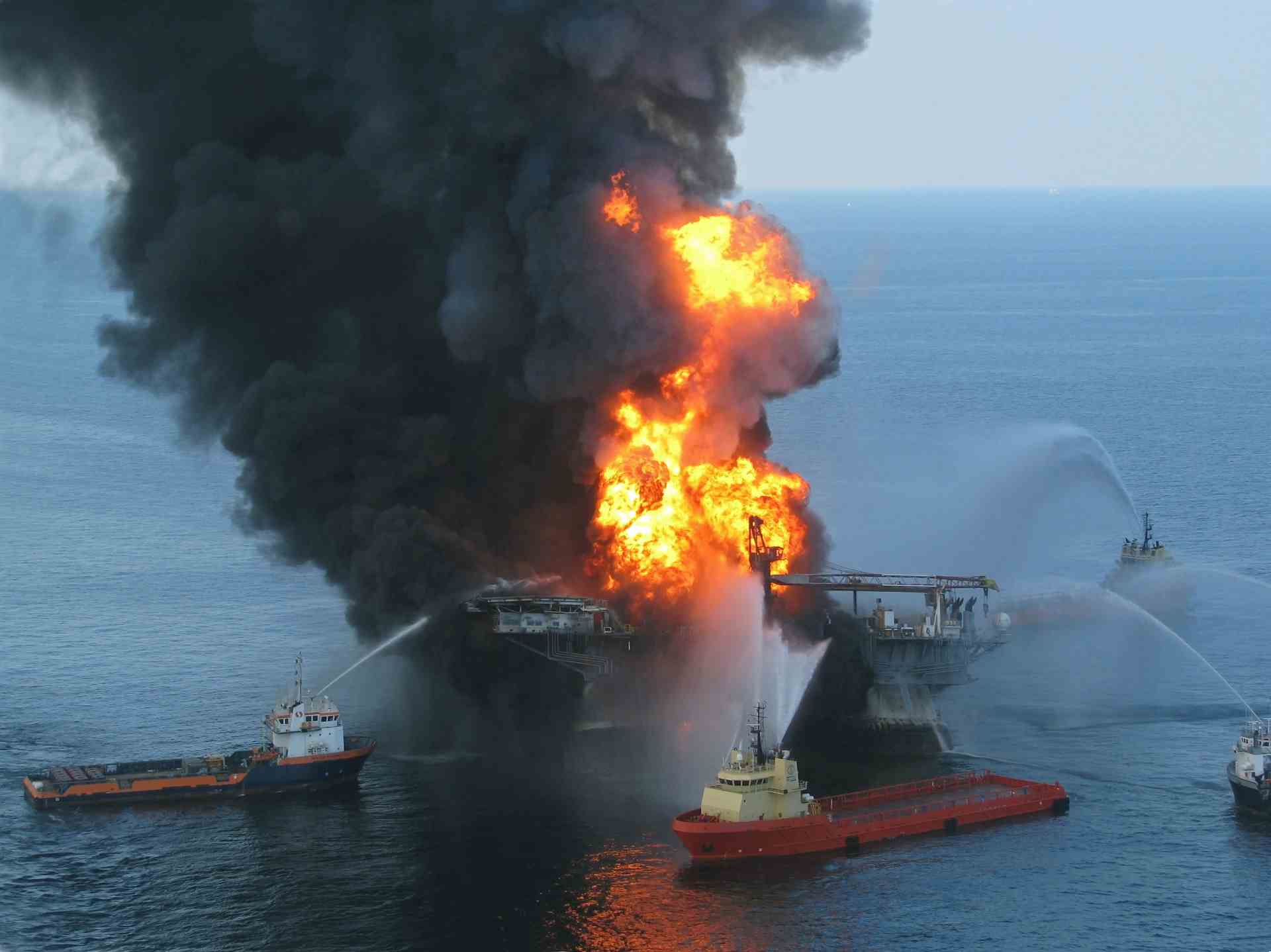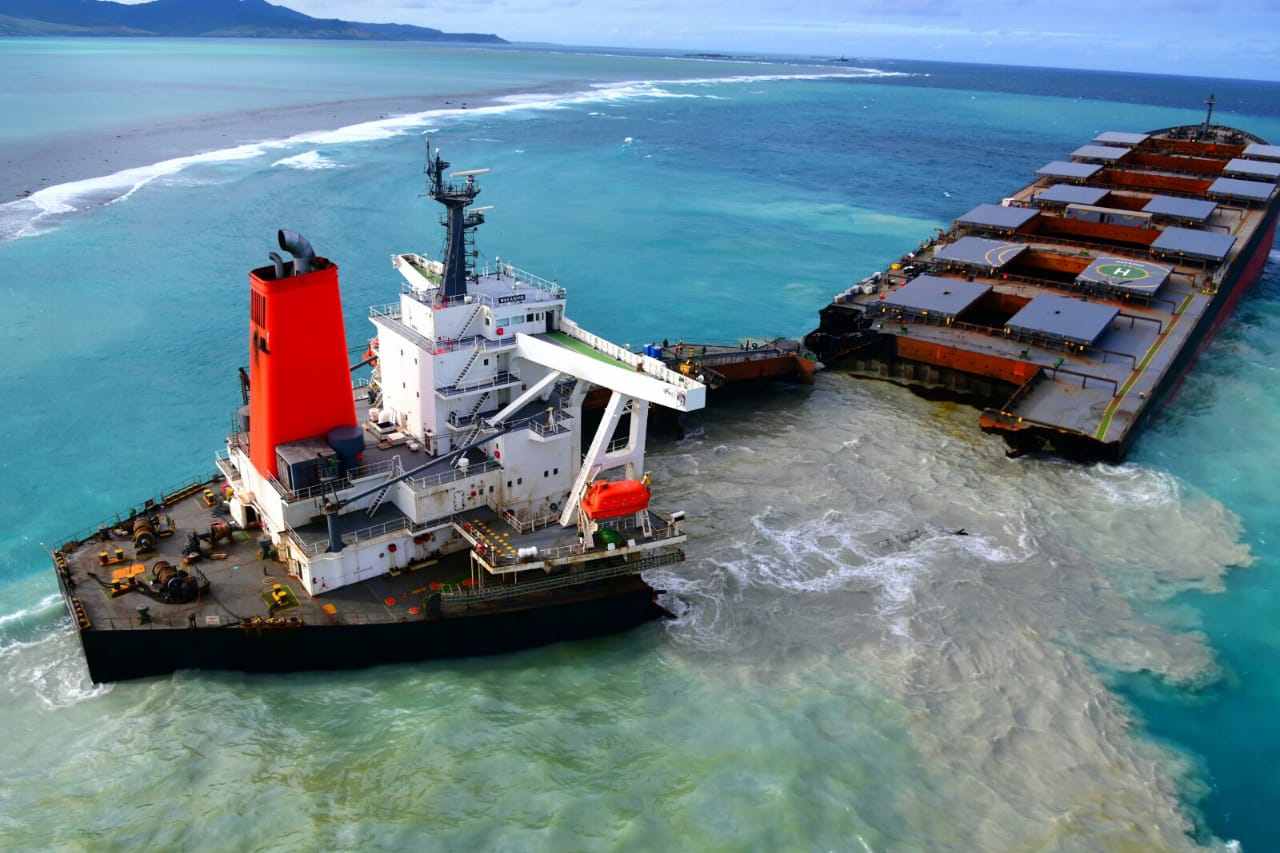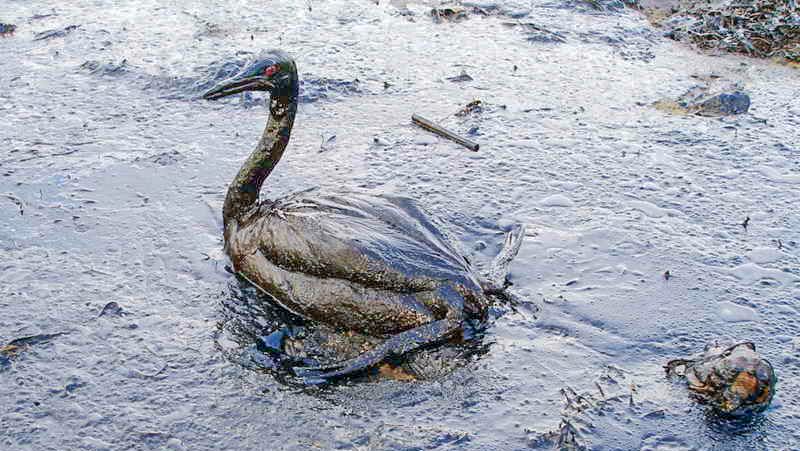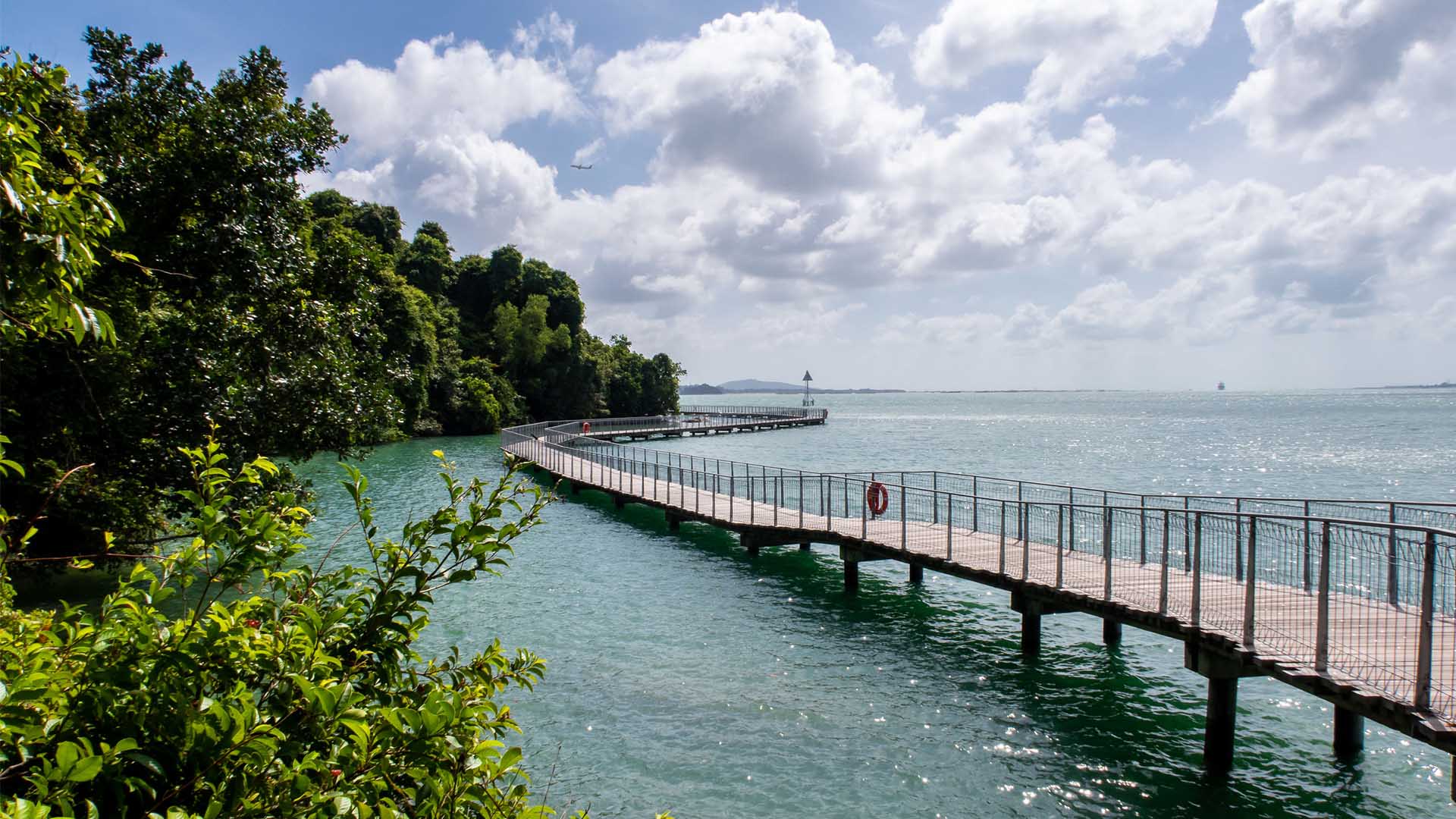Tide Of Destruction: The Lasting Perils Of Oil Spills
Oil spills have long been recognised as one of the most catastrophic environmental disasters. When oil spills into oceans, rivers, or lakes, the repercussions can be both immediate and long-lasting, affecting ecosystems, wildlife, and human communities.
The recent spill in Singapore underscores the urgent need for stringent safety measures and rapid response strategies to mitigate the impacts of future spills. As we continue to rely on oil for energy, it is crucial to prioritise environmental protection and invest in technologies and practices that minimise the risk of spills and their devastating effects.
The toll that oil spills take
Oil spills have a multifaceted impact on the environment:
- Marine life: Oil spills can be deadly for marine animals. Birds and mammals that come into contact with the oil can suffer from hypothermia, ingestion of toxic substances, and loss of buoyancy and insulation.
- Ecosystems: Oil spills can devastate entire ecosystems. Mangroves, coral reefs, and marshlands are particularly vulnerable. The destruction of these habitats can lead to a loss of biodiversity and the collapse of local food webs.
- Human health: Exposure to oil spills can cause health problems for humans, including respiratory issues, skin irritation, and long-term illnesses from ingesting contaminated seafood.
- Economic costs: The clean-up of oil spills is expensive and time-consuming. Additionally, the loss of income from affected industries such as tourism and fishing can have a lasting economic impact on communities.
Historical examples of oil spills

In 1989, the 987-foot tank vessel Exxon Valdez struck Bligh Reef in Prince William Sound. | IMAGE: WIKIMEDIA COMMONS
Exxon Valdez (1989)
One of the most infamous oil spills occurred on 24 Mar 1989, when the Exxon Valdez tanker hit a reef in Prince William Sound, Alaska.
Approximately 11 million gallons of crude oil spilled into the sea, affecting over 1,300 miles of coastline. The spill decimated local wildlife, killing thousands of seabirds, otters, seals, and whales.
The clean-up effort was extensive, but the environmental damage lingered for decades. Even today, traces of oil can still be found in some areas, and the ecosystem has not fully recovered.
 Platform supply vessels battle the blazing remnants of the offshore oil rig Deepwater Horizon in 2010. | IMAGE: WIKIMEDIA COMMONS
Platform supply vessels battle the blazing remnants of the offshore oil rig Deepwater Horizon in 2010. | IMAGE: WIKIMEDIA COMMONS
Deepwater Horizon (2010)
The Deepwater Horizon spill is considered the largest marine oil spill in the history of the petroleum industry. On 20 Apr 2010, an explosion on the Deepwater Horizon oil rig, operated by BP, led to a massive discharge of oil into the Gulf of Mexico. An estimated 210 million gallons of oil spilled over 87 days.
This disaster severely impacted marine life, from plankton to dolphins, and had profound economic effects on fishing and tourism industries along the Gulf Coast.
The spill also highlighted the need for improved safety regulations and emergency response protocols.
 The bulk carrier MV Wakashio broke apart after causing an oil spill in 2020. | IMAGE: WIKIMEDIA COMMONS
The bulk carrier MV Wakashio broke apart after causing an oil spill in 2020. | IMAGE: WIKIMEDIA COMMONS
Mauritius oil spill (2020)
On 25 Jul 2020, the Japanese-owned MV Wakashio bulk carrier ran aground on a coral reef off the coast of Mauritius, leading to a significant oil spill.
Approximately 1,000 tons of oil leaked into the Indian Ocean, affecting the pristine marine ecosystem of the island nation. The spill severely impacted mangroves, coral reefs, and marine life, including endangered species.
The incident drew international attention and highlighted the vulnerability of small island nations to environmental disasters. The long-term ecological and economic effects are still being assessed, with local communities facing ongoing challenges in recovery.
The recent oil spill in Singapore
The most recent oil spill incident occurred on 14 Jun 2024, when the Netherlands-flagged dredger Vox Maxima collided with the Singapore-flagged bunker vessel Marine Honour at Pasir Panjang Terminal. The collision resulted in a significant oil spill, leading to the closure of several beaches around Singapore.
By Saturday (15 Jun), oil had washed up along beaches including those on Sentosa Island and at East Coast Park, as well as the shoreline at Labrador Nature Reserve. Oil slicks have spread to the Southern Islands tourist attractions and have been sighted as far east as the Changi area.
According to a statement by the Maritime Port Authority of Singapore published on 17 Jun:
"The next phase of the clean-up operations has commenced with the additional deployment of various booms and oil recovery systems. 1500 metres of booms have been deployed, and an additional 1600 metres will be deployed over the next few days in designated sites to support the containment of accumulated oil to facilitate the clean-up operation off the beaches and shorelines. Additional booms will also be deployed as a preventive measure off Changi East. Seven oil recovery assets have been deployed today to skim and collect the remaining oil spillage off the water surface to minimise further spread of the oil."
For the latest updates on Wonderwall.sg, be sure to follow us on TikTok, Telegram, Instagram, and Facebook. If you have a story idea for us, email us at [email protected].









/eco_toys_rectangle.jpg?sfvrsn=a9a1d75a_1)

